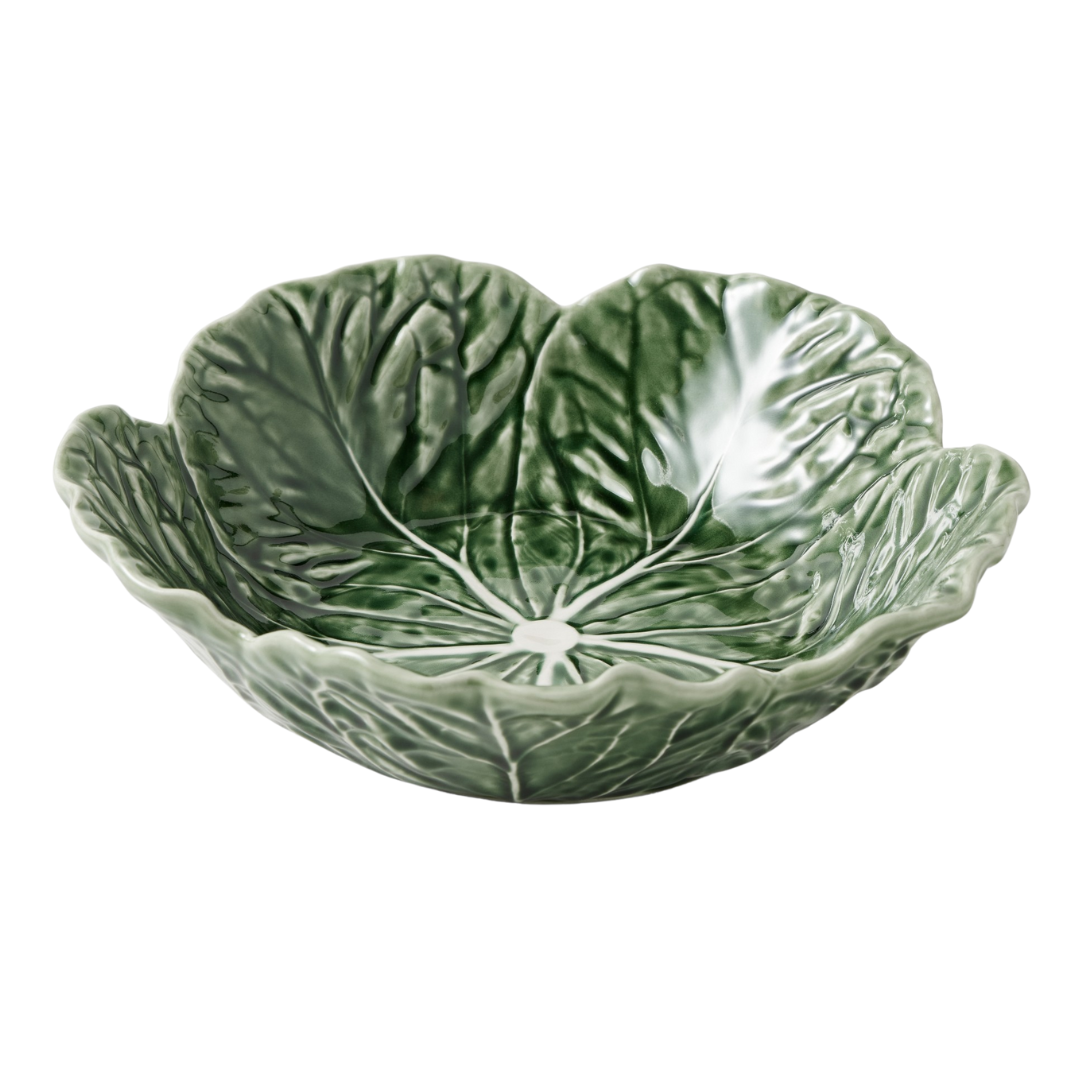"Cabbageware" Is the Controversial Trend Making a Comeback — And It’s Not Just for Your Grandmother’s China Cabinet
Once beloved by Jackie O and C.Z. Guest, the lettuce leaves are back — and Gen Z’s garden-core is eating them up
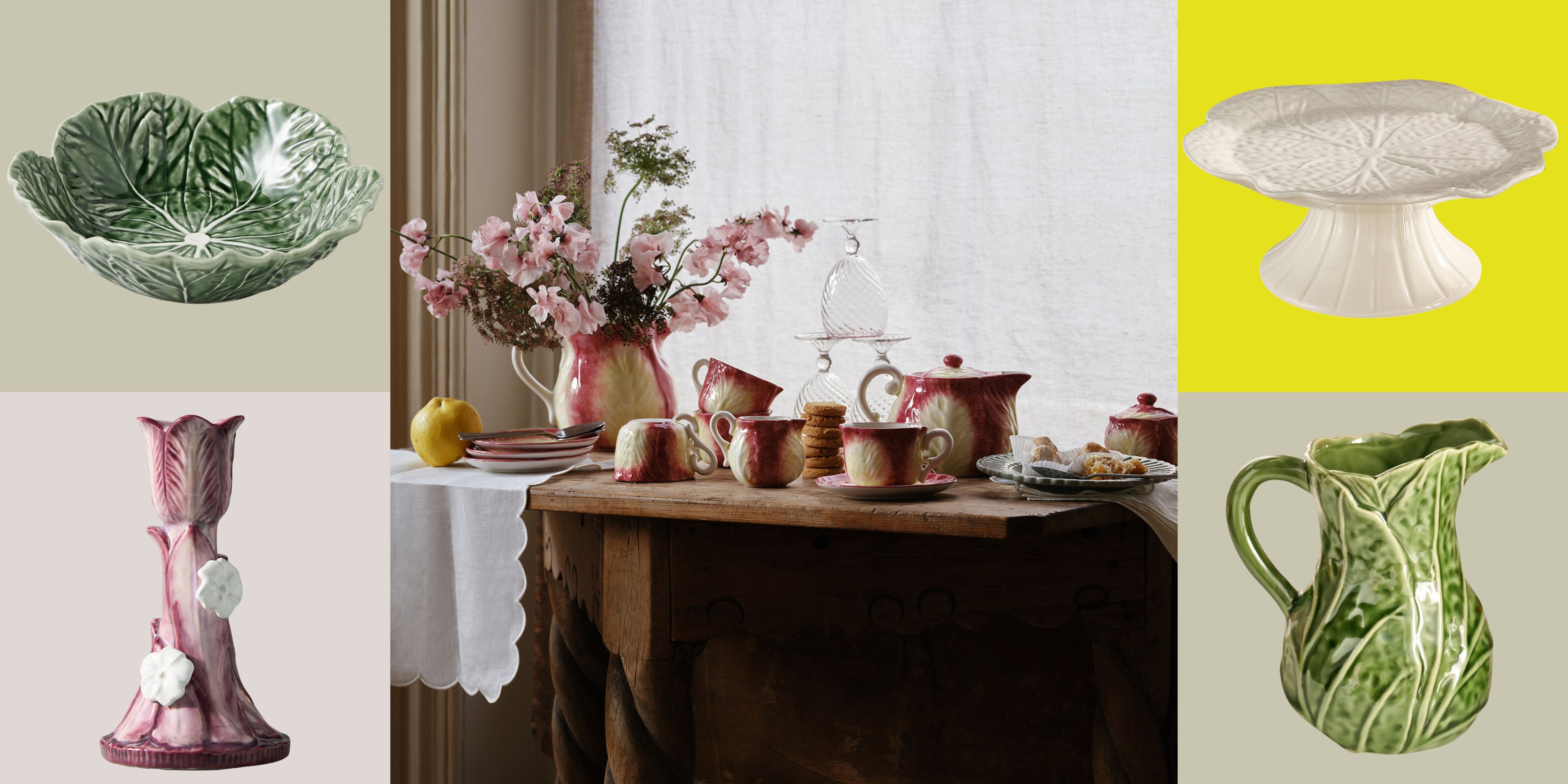

There’s a certain kind of tabletop that signals taste. And then there’s the kind that takes the notion of ‘farm to table’ to its most literal extreme.
'Cabbageware,' as it’s affectionately (or derisively) called, was once a staple on the tables of 1960s Palm Beach hostesses. Now, it’s circulating on TikTok alongside other cottagecore-adjacent microtrends like “Garden Girl” and “Tomato Girl.” Depending on who you ask, the tableware is either impossibly chic or one heirloom away from satire. But like most comebacks, it says less about the cabbage and more about us.
The maximalist table decor was most recently popularized in the 1960s by Dodie Thayer, a self-taught potter with Palm Beach roots who famously taught herself to mold ceramics from actual cabbage leaves. Her whimsically sculpted creations landed everywhere from the resort town’s socialite tables to an upper crust of a different kind: C.Z. Guest, Jackie Kennedy, and the Duchess of Windsor, to name a few — all of whom saw the humor (and glamour) in sculpted salad.
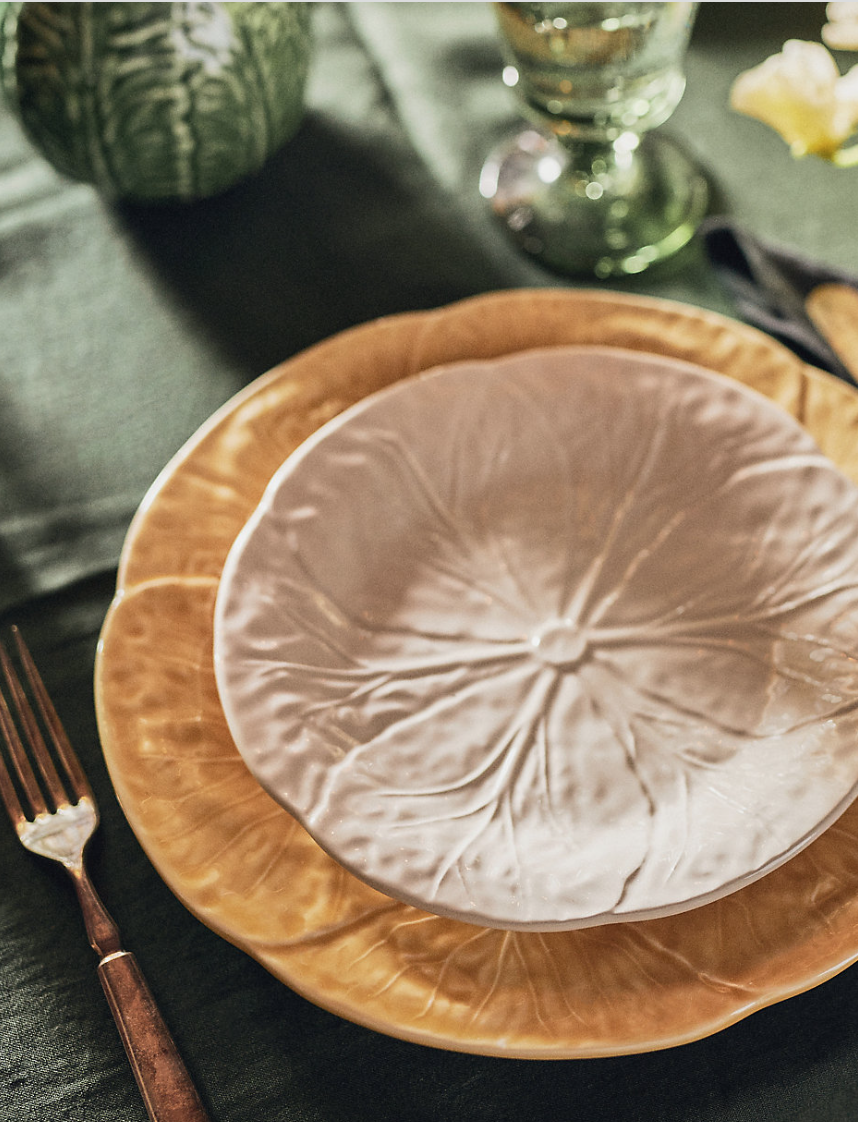
Garden party or fever dream? Recent high-street resurrections, like Target’s Thanksgiving collaboration with John Derian or the above table setting by Terrian, say both.
But even Dodie’s quintessentially 60s versions were actually a revival, too: the original cabbage ceramics date back to 19th-century Portugal, to the ceramic house Bordallo Pinheiro, known for its almost unnervingly lifelike tableware shaped like flora, fauna, and fruit.
There’s always been a wink behind Bordallo’s leaves — something knowingly absurd about rendering produce in porcelain. Giant ceramic wasps. Glazed banana bunches. Lobsters serving salad. The surrealism has always been part of this interior trend's appeal.
Which may explain why designers keep returning to it: Tory Burch resurrected Dodie’s “Lettuce Ware” in a recent collaboration, and Lauren Santo Domingo has designed her own cabbage-adjacent tableware collection for Moda Operandi.
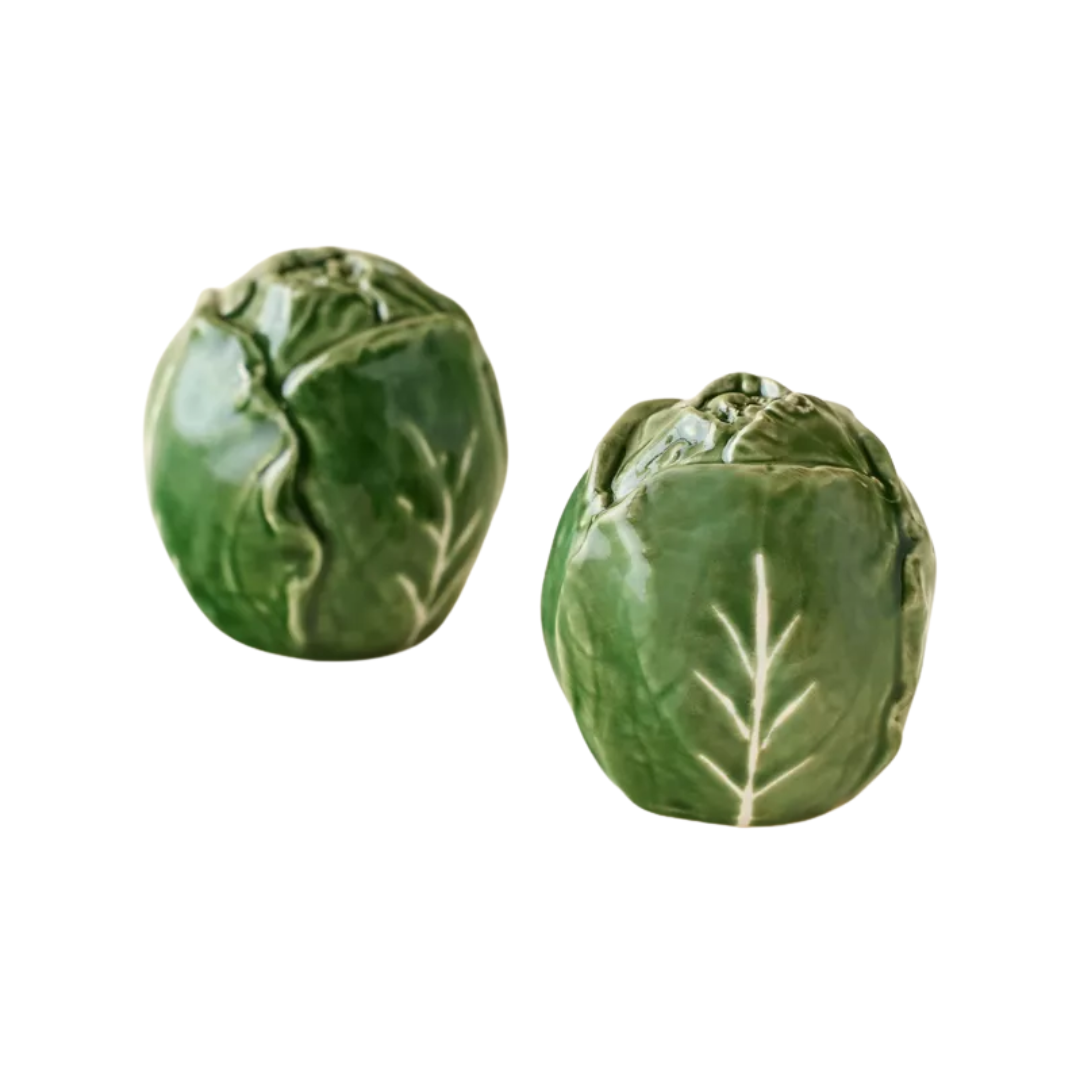
A pinch of cheek, a dash of kitsch: these tiny cabbage-shaped salt and pepper shakers are all the convicing you need to eat your greens. Consider them your gateway into the garden dinnerware scene.

Liz Marie's budget-friendly cabbageware collection has amassed a bit of a cult following. This stand in particular captures the charm of high-end styles without sacrificing the look’s natural nuance. Go green or opt for the white if you want a cleaner, more minimalist read.

This cabbage teacup set gives the spring table a romantic rethink. Its pastel pink hue offers a softer, sweeter, slightly unexpected spin on the often green-drenched trend.
“Much like the rise of cottagecore and grandmillenial trends, there is a nostalgic appeal in cabbageware,” says interior designer Darlene Molnar. “Cabbagecore is crisp and fresh but there is also a regal quality to this historic pottery style.”
The Livingetc newsletters are your inside source for what’s shaping interiors now - and what’s next. Discover trend forecasts, smart style ideas, and curated shopping inspiration that brings design to life. Subscribe today and stay ahead of the curve.
The designer suggests keeping the styling minimal: “I would pair it with neutral linens and rich greenery. Adding a vibrant yellow or pink to create a pop of color among the greenery could also be fresh and sophisticated.”
And while some may credit TikTok’s parade of vegetable-themed aesthetics for the revival, Darlene thinks the big 'why now?' is actually more simplistic: "Warmer days will always trigger a desire for garden-themed, spring forward decor," she says.
So it seems that cabbageware is a full-circle moment — in more ways than one.

If the Portuguese originals aren’t in the cards, this hyper-realistic sugar bowl and creamer set gets remarkably close — available in both green and blush pink. At this price, you might as well buy two and mix and match. Pro tip: the creamer moonlights beautifully as a bud vase.
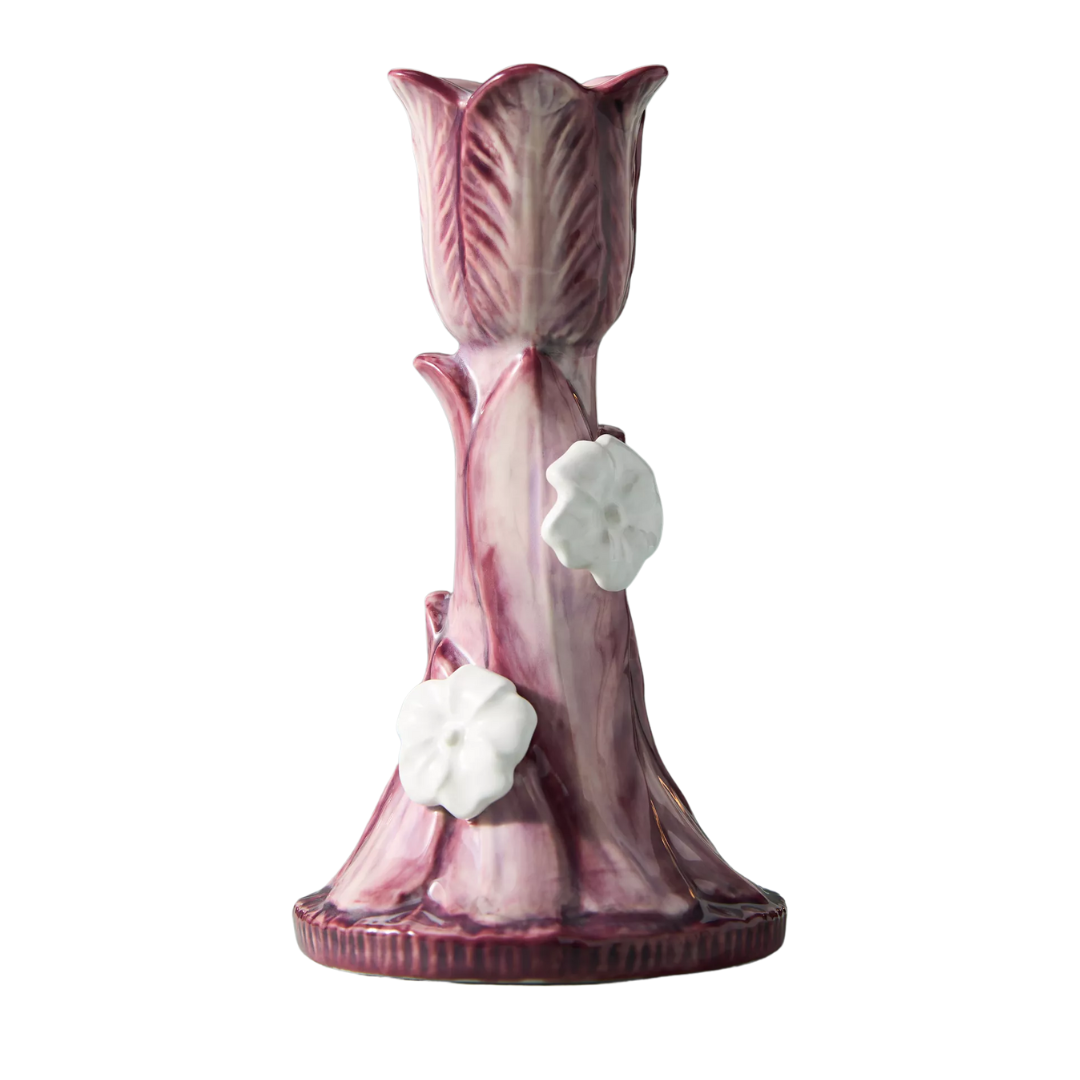
A vegetable on the table — whether you eat one or not. This sculptural candle holder mimics the folds of purple cabbage with just enough whimsy to keep things interesting. Try it with a moss green taper for contrast, or lean into the eggplant tones with something moodier.
From 19th-century Portugal to Palm Beach’s golden era to your very own FYP, cabbageware’s elevated eccentricity has endured. Whether it’s classic or camp depends on the eye of the beholder (and maybe the pairing of your glassware).
She’s into oily bread dips, dirty martinis, and sultry greens. Meet the Olive Girl — the next hot bite in TikTok’s ever-growing garden-core trend cycle.

Formerly covering fashion at L’Officiel USA, style maven Julia Demer brings her love of design to Livingetc’s world of interiors. As the title’s New York-based Style Editor, Julia's work reflects a sharp eye for detail and an innate passion for aesthetics. Her journey began with a strong foundation in design, honing her craft at renowned establishments like The Row and even establishing her own eponymous fashion brand. Julia’s design background is evident in the way she thoughtfully curates shopping edits, always maintaining a focus on emerging trends while preserving timeless sensibilities. For Julia, fashion and interiors go hand in hand, reflecting her lifelong commitment to perfecting the art of style.
